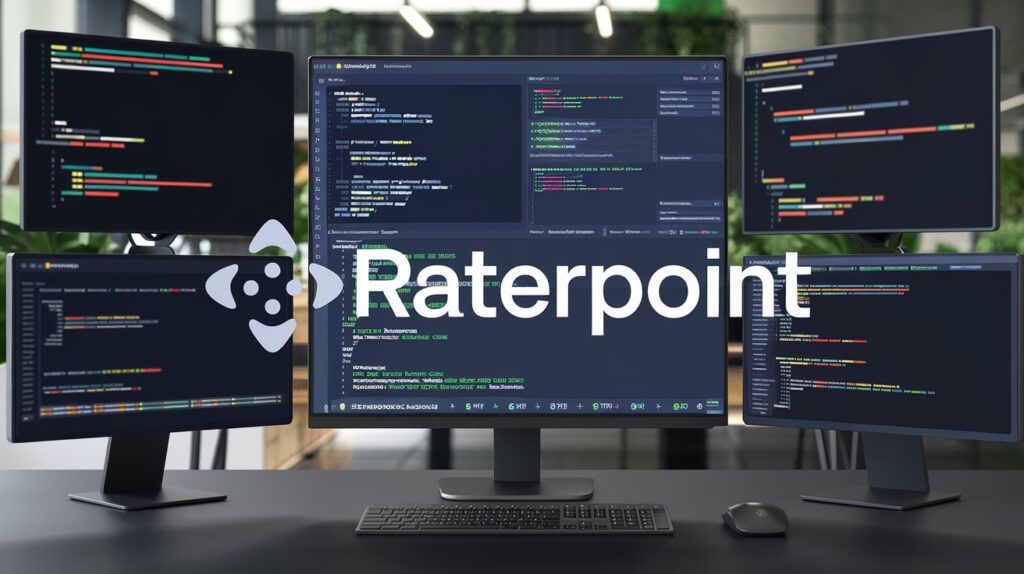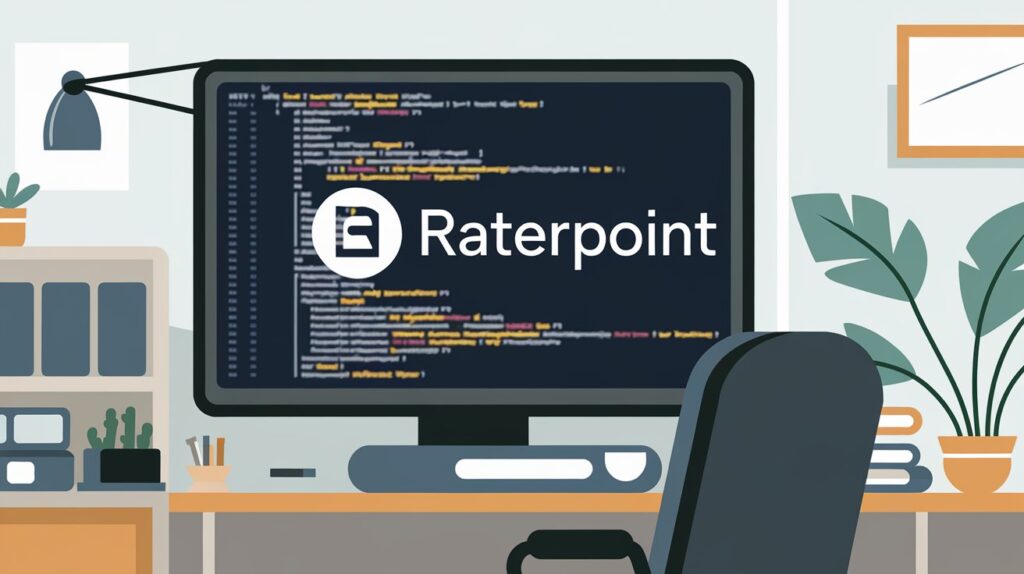In a world driven by feedback, ratings, and reviews, platforms like Raterpoint are stepping up to the plate, offering innovative ways to assess, evaluate, and improve various products, services, and even individuals. Whether you’re a consumer, a business owner, or a professional, the role of rating systems has become pivotal in shaping decisions and driving growth. This article delves into the significance of waterpoint, exploring its potential applications, benefits, and the overall impact it has in various industries.
What is Raterpoint?
At its core, raterpoint is more than just a review system. It represents a sophisticated platform designed to rate and evaluate multiple facets of experiences, products, services, and even individual performances. Whether it’s an e-commerce website, a restaurant, a movie, or a professional evaluation system, waterpoint integrates seamless feedback mechanisms that help both consumers and providers make informed decisions. The goal is to create a transparent and dynamic way to share insights and improve upon areas of weakness.
Raterpoint in Rating Platforms: A Key Player in Consumer Decision-Making
The internet has democratized the power of reviews, enabling consumers to shape the reputation of businesses with a simple rating or comment. Platforms like Raterpoint build on this by offering an easy and transparent way to rate businesses, products, or services. The feedback can range from numerical ratings to detailed written comments, helping future consumers decide where to spend their money or time.
User-Friendly Interface
One of the primary reasons Raterpoint is gaining popularity is its user-friendly interface. Gone are the days of complicated review systems that left consumers frustrated. Raterpoint simplifies the process, making it intuitive and accessible to people of all ages and technical backgrounds. The goal is to ensure that anyone can participate in the rating process with minimal hassle.
Niche and Industry-Specific Reviews
Unlike broad-spectrum platforms like Google Reviews, raterpoint might cater to niche industries or specific sectors. For example, there could be specialized sections for movies, games, food, or even local businesses. This ensures that users find relevant and targeted reviews that fit their unique needs. For instance, a moviegoer can find ratings specific to their genre preferences, while a traveler can explore hotel reviews that focus on key amenities.

Raterpoint and Performance Ratings: Elevating Professional Growth
While consumer feedback is essential, raterpoint also serves a significant role in the professional world. Performance rating systems have become an integral part of employee evaluations, helping companies measure productivity, identify training needs, and highlight top performers. Raterpoint takes this a step further by offering a more personalized, actionable approach to performance reviews.
Employee Reviews and Organizational Growth
For companies, performance evaluations are vital for understanding how employees contribute to the overall success of the business. Raterpoint could potentially help organizations track individual growth, pinpoint skill gaps, and enhance workplace culture by providing regular, transparent feedback. Through an easy-to-use system, managers and employees alike can participate in constructive evaluations that support mutual growth and improvement.
Student Evaluations: Enhancing Educational Standards
In the educational sector, the need for clear and concise feedback is crucial. Raterpoint can be a game-changer here as well, providing a platform for students to rate and evaluate courses, instructors, and academic experiences. These reviews can offer valuable insights for educational institutions, guiding them toward improvements in curriculum design, teaching methodologies, and overall student satisfaction. The real-time feedback provided through Raterpoint can be crucial in maintaining high educational standards and student engagement.

The Role of Raterpoint in Data Rating and Annotation for AI
Artificial Intelligence (AI) and machine learning are transforming every aspect of modern life, from the way we shop to how businesses predict market trends. A crucial element in training AI systems is the data annotation process, which involves labeling and categorizing data to improve algorithm accuracy. Raterpoint can serve as an essential tool in this space, providing a structured system for data rating.
Annotating Data for Accuracy
For AI to function correctly, it requires accurate and diverse datasets. Humans are still needed to annotate and rate data, ensuring that the machine learning algorithms are fed with precise, high-quality information. Raterpoint could streamline this process by allowing a crowd of annotators to rate datasets in real time, enabling more efficient training of AI systems. Whether it’s identifying objects in images or evaluating sentiment in text, waterpoint can be part of a system that provides cleaner, more relevant data for AI models.
Improving AI with Human Insight
AI is only as good as the data it learns from. By integrating systems like raterpoint, the feedback loop between human annotators and machine learning systems can be optimized. This approach ensures that AI evolves with accuracy, reliability, and adaptability, ultimately benefiting industries that depend on these systems.

The Future of Raterpoint: Shaping the Digital Landscape
As we move further into the digital age, platforms like raterpoint will only become more integral to decision-making processes. By providing a comprehensive and reliable space for feedback, raterpoint will continue to shape how consumers, businesses, and professionals interact.
A Hub for Transparent Feedback
One of the significant challenges in today’s online world is distinguishing between genuine and fake reviews. Raterpoint has the potential to combat this issue by implementing verification systems that ensure the authenticity of reviews and ratings. By utilizing blockchain technology or AI-powered verification, raterpoint can become a trusted source for consumers and professionals alike, ensuring that the feedback provided is both credible and relevant.
Expanding Beyond Consumer Goods
While currently popular in consumer goods and services, waterpoint can expand into other areas, such as government services, public institutions, and even environmental sustainability initiatives. For example, citizens can rate the effectiveness of local government programs, helping to improve civic engagement and hold public officials accountable. Similarly, environmental projects could benefit from waterpoint ratings to assess their impact and success in reducing ecological footprints.
Also Read: Miah Harbaugh: A Life of Grace and Privacy
Conclusion: Why Raterpoint Matters
In an increasingly data-driven world, the ability to rate and review products, services, and performances is more important than ever. Platforms like Raterpoint offer a structured, transparent, and reliable method of gathering and sharing feedback. Whether it’s through consumer reviews, employee performance evaluations, or data annotation for AI, raterpoint holds the potential to change how we engage with the world around us.
As the digital landscape continues to evolve, systems like Raterpoint will play a crucial role in fostering transparency, improving decision-making, and driving continuous improvement across multiple sectors. Whether you’re a business owner seeking to improve your services, a professional aiming for personal growth, or a consumer looking for trustworthy feedback, waterpoint is shaping the future of how we rate and review the world.




